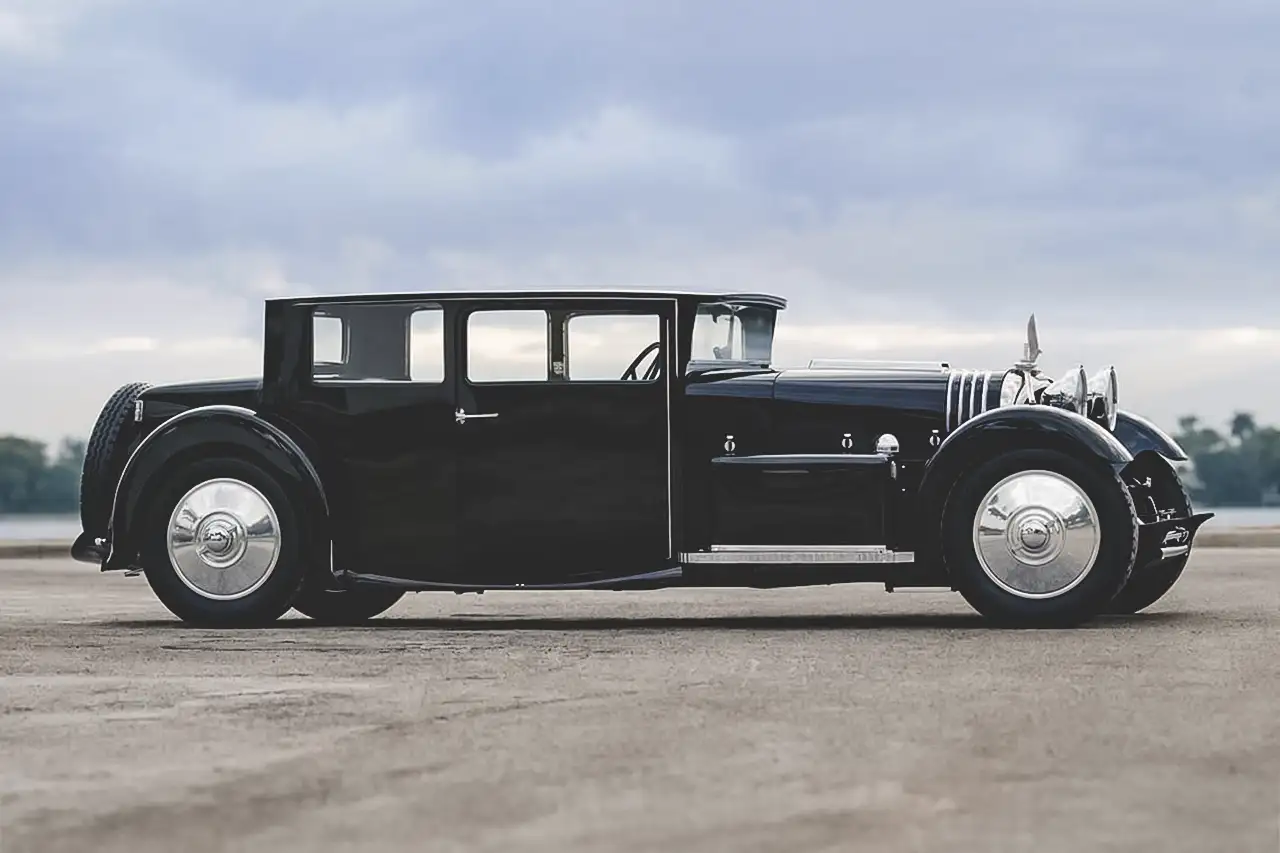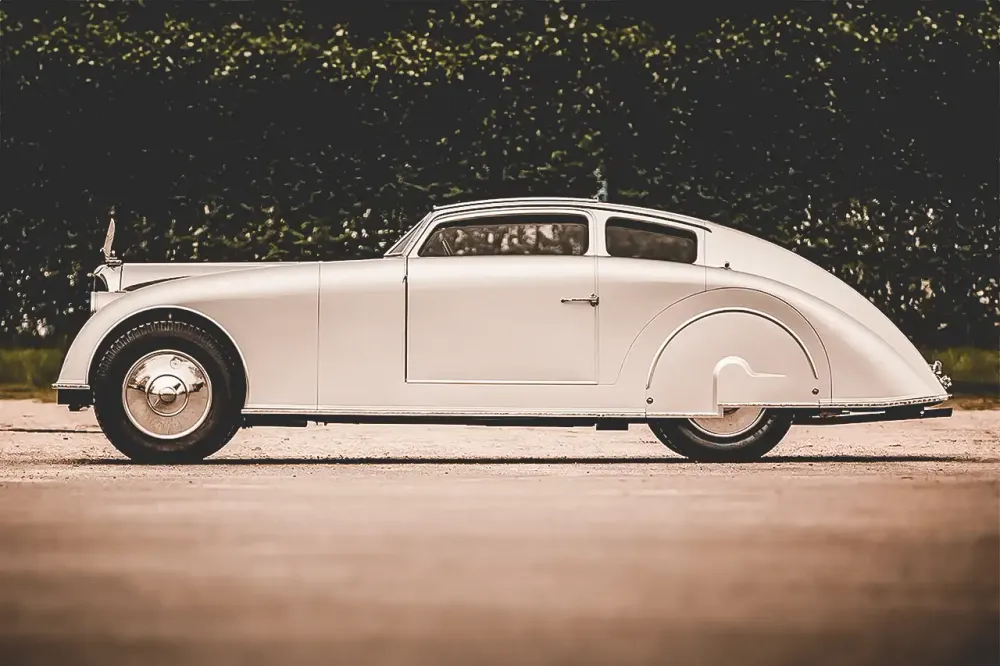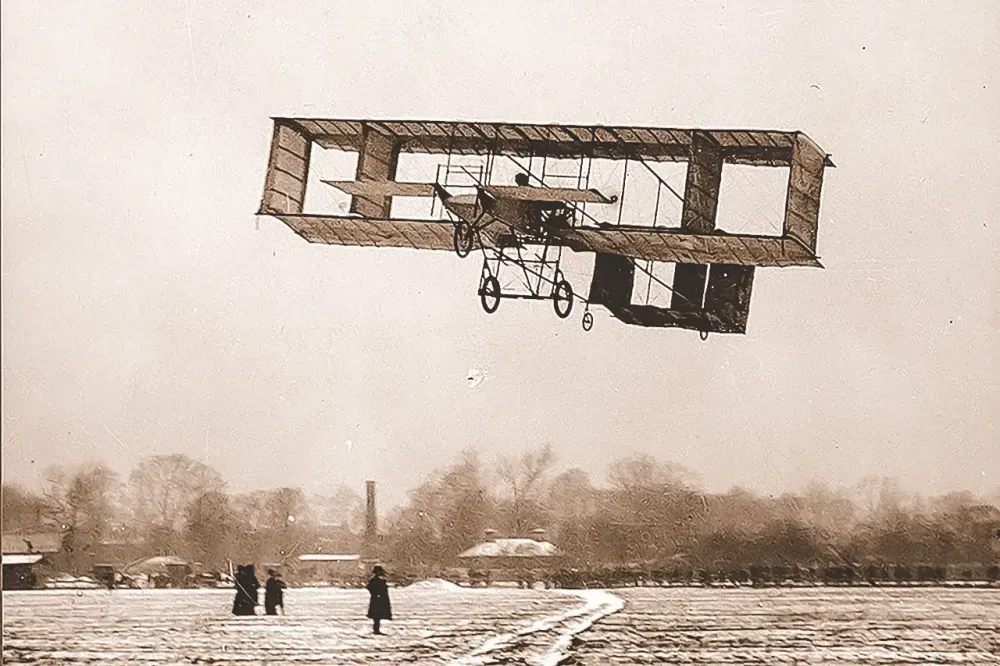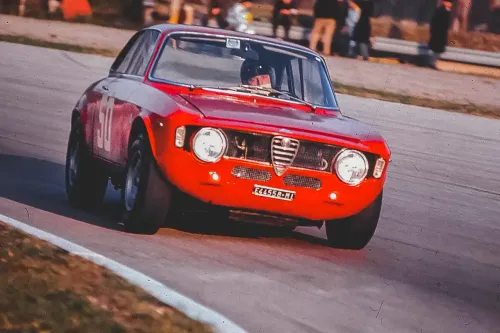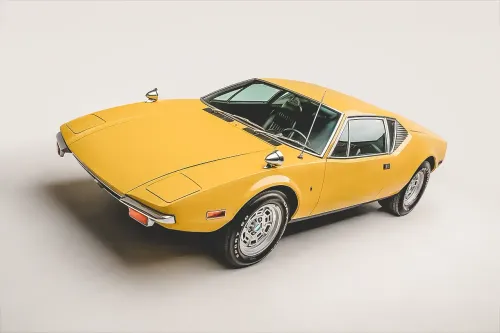Game changer: Gabriel Voisin
It would be unfair to say that he was an industrialist or an engineer. Much less a businessman. Gabriel Voisin was passionate about design, engineering and mobility. He was, as Peter Mullim describes him, the closest one could get to the ideal of a Renaissance man, such was the diversity of his virtues. Due to the rivalry between the USA and France, the Wright brothers are often credited as the great pioneers of aviation and the authors of the first piloted flight.
Truth, however, is a little different. Even though the American brothers had patented, in 1906, a solution that would allow controlling an airplane in flight, it would be Voisin's creation that carried out the first complete and controlled flight in 1908. The pilot was the fearless Henry Farman, who boarded one of the biplanes. Voisin, made a flight of more than 1km, lasting 1m28s, in which he managed to take off and land at the same point.
A cyclist, Renault driver and an adventurer by nature, Farman befriended Voisin when they both attended the Faculty of Fine Arts in Paris. Attending this school would have been decisive in creating Gabriel's unique personality. His artistic training allowed him to acquire a refined aesthetic sensitivity and the ambition to create memorable and grandiose creations, like those of the great masters of painting, sculpture and architecture.
Ultimately, Voisin expressed himself through his functional creations. His automobiles, like his airplanes, expressed a fascination with the future. An urgency in the advancement of technique that, at that time, only its French rivals seemed to share. Lightness, aerodynamics, safety, reliability, economy and good behavior were the six fundamental premises of the aeronautical industry that Gabriel Voisin considered would have to be transferred to cars.
One of the solutions tested was the use of a radial engine, similar to those used in airplanes. The objective would be to use it in a project that Gabriel called the “Car of the Future” and which would include a monocoque chassis and four-wheel independent suspension. Development was abandoned when the company's financial situation began to deteriorate.
The advanced and exclusive technical solutions of some Voisin models were almost always designed by himself, with the exception of the time when his friend André Lefebvre was his employee. Both shared the same vision about the future of the automobile, questioning all conventions and seeking, whenever possible, to start from a blank sheet of paper.
Lefebvre only left Voisin behind when financial difficulties first arose. Gabriel would have seen his departure to the “mainstream” industry with good eyes, rejoicing at the possibility of seeing some solutions that they both devised together being put into practice in cars produced on a large scale.
When designer Andre ‘Noël-Noël’ Telmont left the company for the same reasons as Lefebvre, Voisin also took responsibility for the body design. It was precisely from then on that Voisin cars began to take on more dramatic, aerodynamic and irreverent forms, very faithful to the principles of Art Deco. The compromise between form and function was something he had in common with his great friend and architect Le Corbusier.
Amid all his geniality and commitment to excellence, Voisin chose to ignore the market vision. He disliked Henry Ford for the economistic and simplistic vision with which he approached industry. Voisin believed that cars were only worth making to do their best and pursue the future. The result was technically stunning but obscenely expensive products that only their fans or the most eccentric protagonists of high society dared to buy.
The outcome was predictable: financial fragility led the company to be integrated with its main creditor, the motorcycle and military equipment manufacturer Gnome & Rhône, which in turn would be nationalized during the war.
Voisin's last and most popular creation would be the Biscuter microcar, made entirely of aluminum and of which 12,000 units were manufactured in Barcelona.
Gabriel Voisin would be decorated as an Honorary Knight of the French Legion for his achievements. In 1960 he retired to his country estate, where he would reside until his death in 1973, aged 93.



